Mosaic Museum: A Byzantine Treasure in Istanbul
The Mosaic Museum, located behind the iconic Blue Mosque in Istanbul, is one of the most fascinating sites for history and Byzantine art enthusiasts. This museum houses a valuable collection of mosaics, columns, and other architectural elements that were once part of the Great Palace of the Byzantine Empire, offering a unique insight into daily life and artistic skills of the era.
History of the Mosaic Museum
The Mosaic Museum was inaugurated in 1953 to preserve and showcase the remains of the magnificent mosaics discovered at the site of the Great Palace. These mosaics date back to between 450 and 550 AD, a golden age for Byzantine art. Although much of the palace was destroyed over time, the mosaics survived and now represent one of the finest examples of Late Antiquity art.
Most of the pieces were uncovered during excavations in the 20th century. Archaeologists discovered a vast space adorned with high-quality mosaics, which once covered the floor of a grand courtyard in the palace. Since then, they have been carefully restored and displayed for public enjoyment.
Features and Themes of the Mosaics
The mosaics in the museum reflect scenes of everyday life, landscapes, and natural settings of the Byzantine era. One of the most notable features is the absence of religious themes, which is unusual for Byzantine art, often associated with Christian motifs. Instead, the mosaics here stand out for their naturalism and focus on depictions of daily life and nature.
Depicted Scenes
- A griffin devouring a lizard.
- A battle between an elephant and a lion.
- A man milking a goat.
- A child feeding a donkey.
- Landscapes with human and animal figures.
The mosaics are made with small colored tesserae, creating an impressive visual effect. The backgrounds, mostly white with patterns resembling fish scales, add a distinctive touch to these masterpieces.
Architecture and Design
The museum not only exhibits mosaics but also preserves architectural elements of the Great Palace, such as columns and structural fragments. This provides a more comprehensive idea of how this majestic complex appeared during its prime. The museum’s layout allows visitors to walk along corridors surrounded by the artworks, offering an immersive experience.
Visiting the Mosaic Museum
The Mosaic Museum is open from Tuesday to Sunday, with hours from 09:30 AM to 4:30 PM. It is an ideal spot for those wishing to explore the rich cultural and artistic heritage of Byzantium in a serene and accessible environment. The entrance fee is 8 TL, making it an affordable attraction for both tourists and locals.
How to Get There
The museum is located in the heart of the historic Sultanahmet district, just a short walk from the Blue Mosque and Hagia Sophia. It can be easily accessed on foot from these major attractions or via public transportation, such as the T1 tram line, alighting at Sultanahmet station.
Reasons to Visit the Mosaic Museum
- Explore one of the few remnants of the Great Byzantine Palace.
- Admire mosaics of exceptional artistic quality and unique themes.
- Learn about daily life and cultural traditions of the Byzantine Empire.
- Enjoy a cultural experience in the heart of Istanbul, near other historical landmarks.
A Treasure for Art and History Enthusiasts
The Mosaic Museum is a must-visit destination for those who wish to delve into the artistic and cultural richness of Byzantium. Each mosaic tells a unique story, revealing fascinating details about the life, beliefs, and artistic skills of a civilization that left an indelible mark on human history. Undoubtedly, a visit to the museum is an experience that will enrich one’s knowledge and appreciation of ancient art.

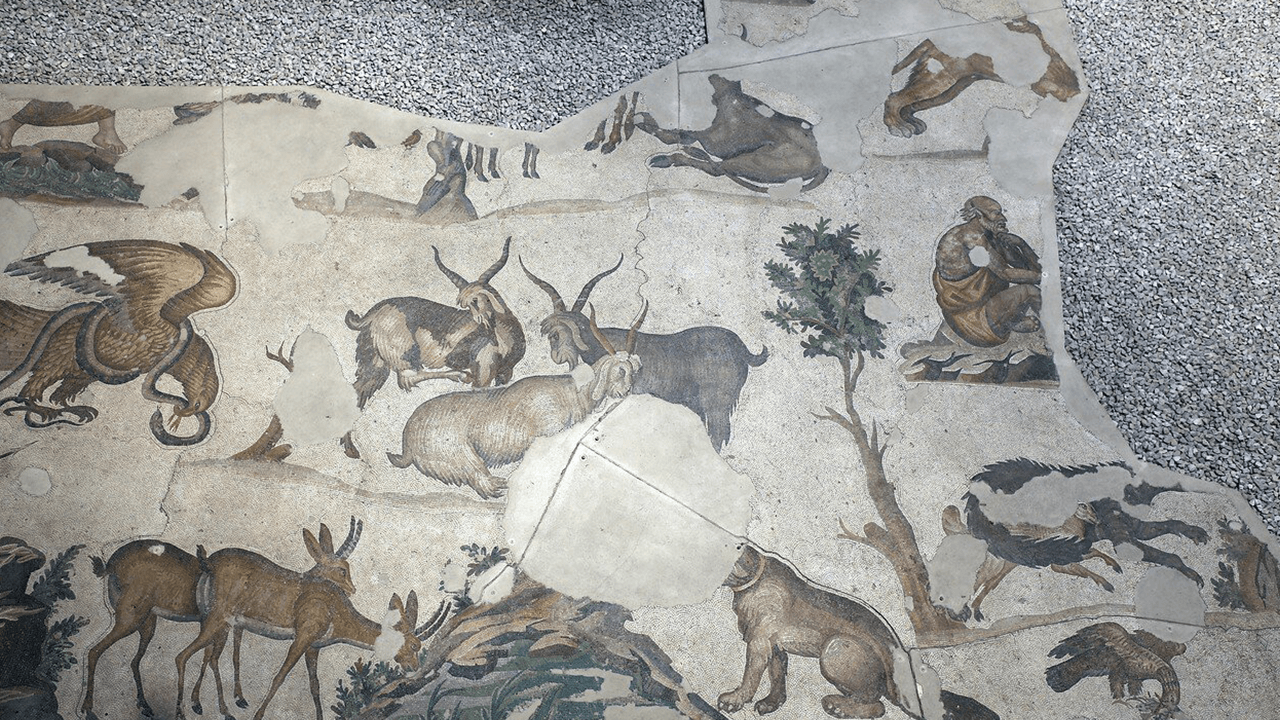
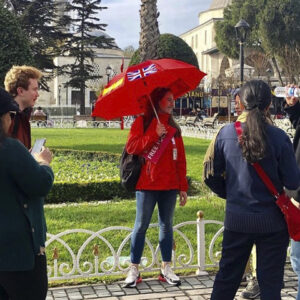
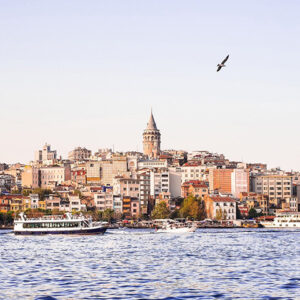
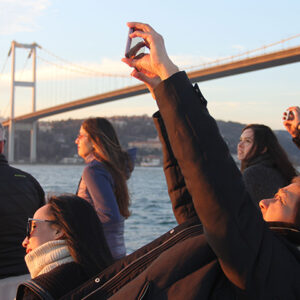
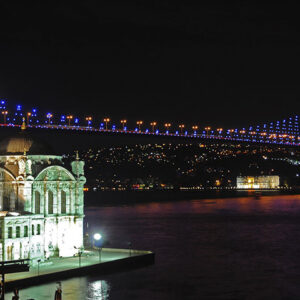

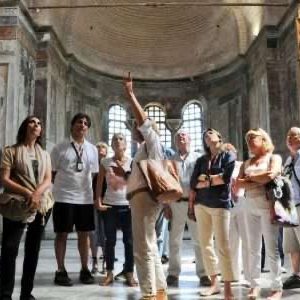
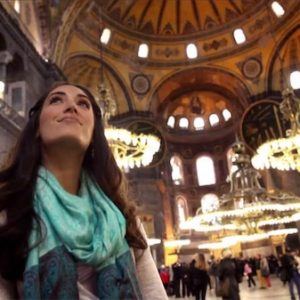
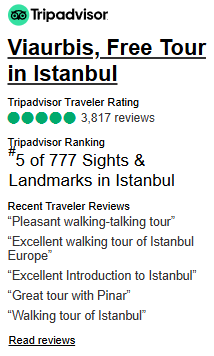
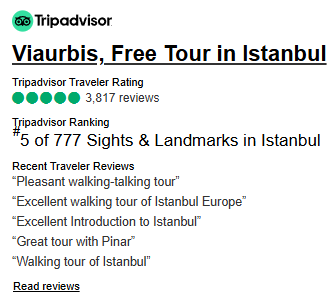
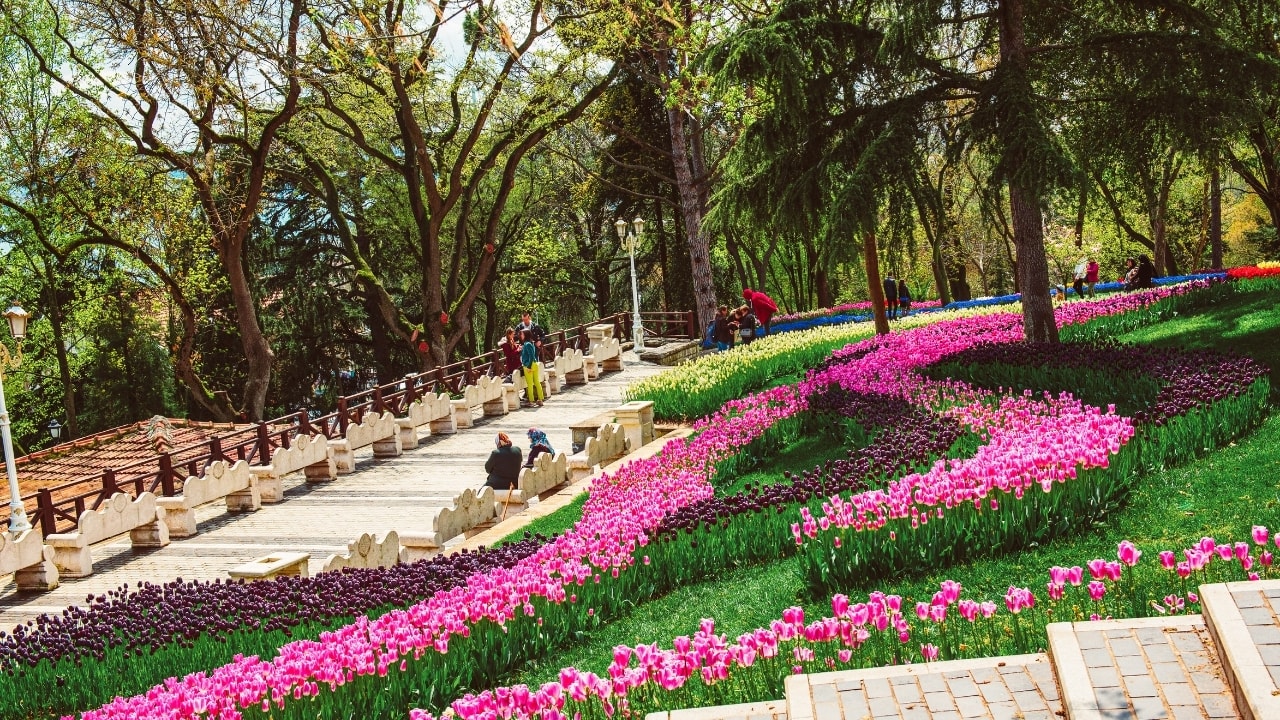
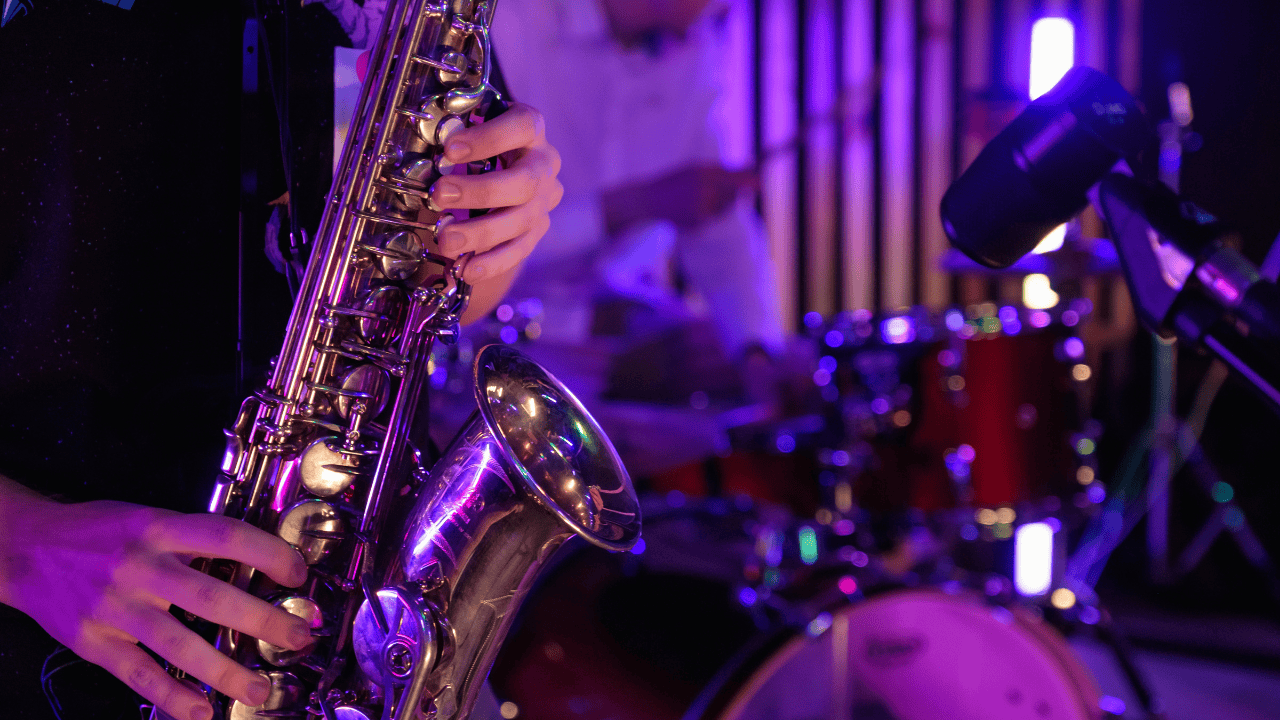
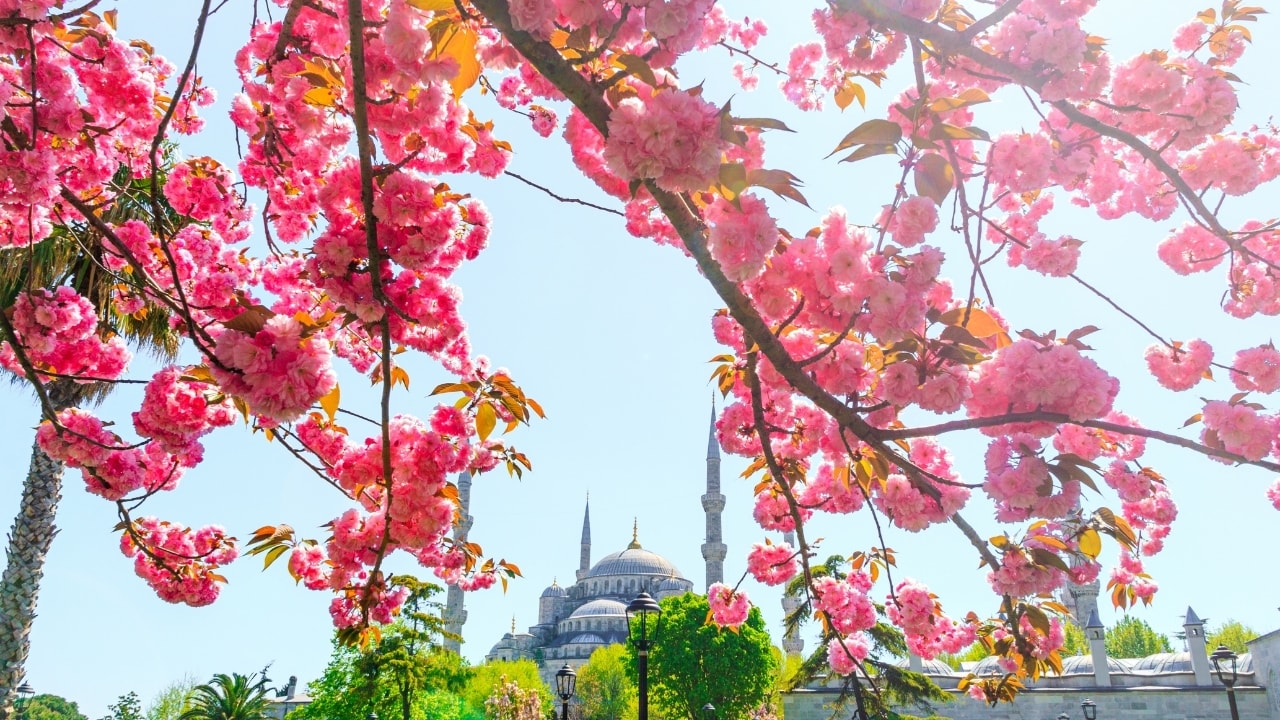
3 thoughts on “Mosaic Museum”
★★★★★
The charm of ‘Mosaic Museum’ captivated me entirely. It’s a destination that leaves no one indifferent.
★★★★★
Learning about and visiting ‘Mosaic Museum’ was both fun and educational. Everyone should experience this!
★★★★★
Every moment spent at ‘Mosaic Museum’ was filled with wonder and learning. It’s a place I will always cherish.